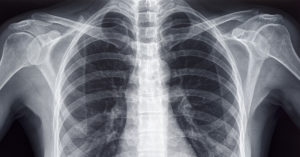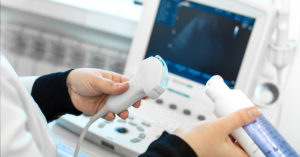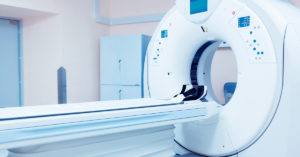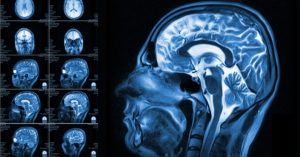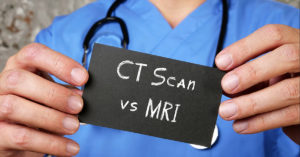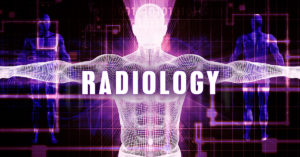In these learning materials
Introduction to Imaging
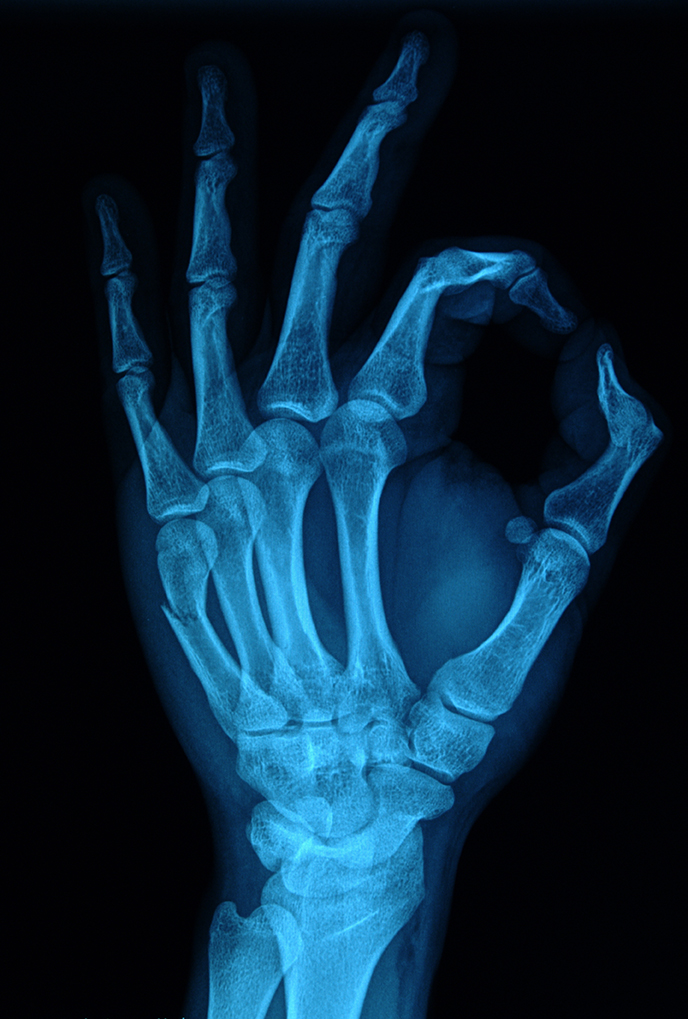
Please review this material prior to class and fill out the compare/contrast matrix as best you can. There is more information than can be covered in two 50-minute sessions, so the large-group session will attempt to cover concepts that tend to be confusing. Bring your questions. Remember, this is only a start. We will revisit imaging over and over again. The faculty, including imaging physicians Dr. George Keng, Dr. Julie Kaczmark, and Dr. Bridget Sestero, are always happy to help you with these incredible modalities that have revolutionized medicine.
This module will cover the basic principles of advanced imaging techniques, with a nod to film radiography, but emphasizing Ultrasound, CT, and MRI:
- How each modality works, including very basic principles of physics necessary to understand how images are generated as related to image interpretation.
- Patient preparation and strategies in patient contrast manipulation utilizing contrast agents.
- Nomenclature unique to these modalities.
- General statement of accuracies of specific tests, when known.
Learning objectives
An experiential specialty
You will not be expected to interpret imaging studies. Indeed, radiology is an experiential specialty with a 5+-year residency. The purpose of this module is to provide a basic understanding so you can more effectively partner with your imaging collogues. In time and with practice, you may be in a position to need interoperative skills. Whenever possible, review the radiology report with the images found on your imaging specialists PACS system and confer with your imaging partners. You will see imaging studies in our clinical-based curriculum, which provide a safe space to try these skills—be humble, make mistakes, and make the most of your experiences.
This monograph contains a lot of background material to enhance understanding. Pay attention to key concepts.
Apologies are in order. Descriptions of imaging physics have been simplified (especially regarding MRI) but still give valuable insights into the technologies. Interested students are encouraged to seek further resources, including discussing issues with radiologists with whom they work.
Medical imaging expenditures in the U.S. are estimated at more than $100 billion a year. With evidence of overutilization, various organizations are working to better define imaging’s utility with evidence-based medicine, a work in progress.
Before an imaging test is requested, consider:
Will the results affect treatment or management?
All medical imaging involves compromise. Each test has:
-
- False positives.
- Sensitivity.
- False negatives.
- Specificity.
Many of which have yet to be determined.
Image credits
Unless otherwise noted, images are from Adobe Stock.



